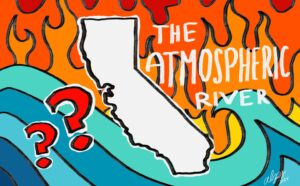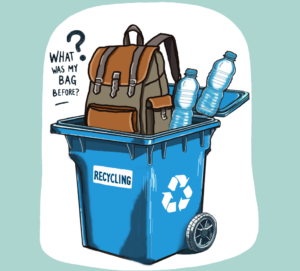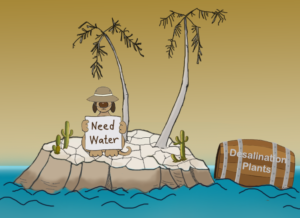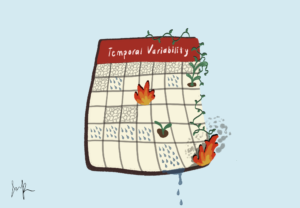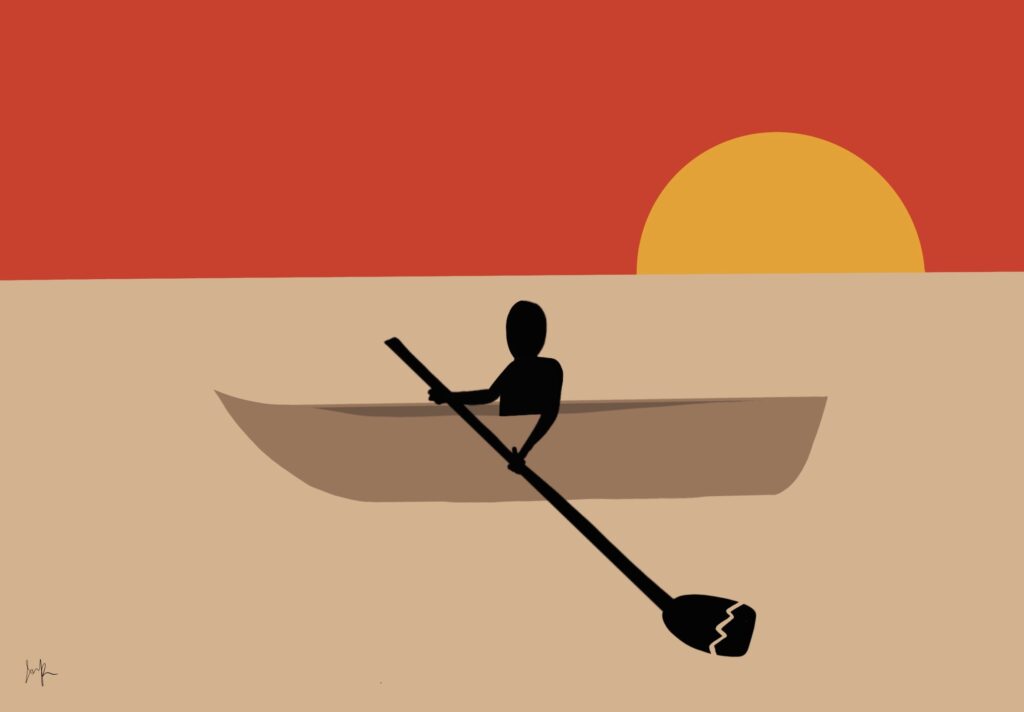
According to the Utah Department of Natural Resources, seven states (Colorado, New Mexico, Utah, Wyoming, Arizona, California, and Nevada) depend on water from the Colorado River. A source displaying data from the National Integrated Drought Information System(NIDIS) rates all the states in drought conditions with a “five-category system, from Abnormally Dry (D0) conditions to Exceptional Drought (D4)”. Of the seven states, California, Nevada, Utah, Oregon, and New Mexico are in an Exceptional Drought, and the rest are in a D3 condition. With all these states in need of water, is it safe to consider that the Colorado River’s water supply is also declining due to the extreme demand for water?
The answer is yes. The river’s declining water levels are directly correlated to these droughts. As the states are drying up, governments are forced to draw more and more water from the Colorado River to support the growing demands. According to the Washington Post, “Las Vegas turned on a low-level pumping station that will deliver water from fast-drying Lake Mead, the largest U.S. reservoir, even if the Hoover Dam fails.” The effects of this excessive water use are already showing. Newsweek depicts the decline of the water levels in Lake Mead, stating that in 2020, water levels were at 1,090 feet, which dropped to 1083 and then to 1066 in the years 2021 and 2022, respectively. While it may not seem like much on paper, the 24-foot drop in Lake Mead’s water level is more than the height of a two-story building.
The Colorado River “is a powerhouse: a 1,450-mile waterway that stretches from the Rocky Mountains to the Sea of Cortez, serving 40 million people in seven U.S. states, 30 federally recognized tribes, and Mexico. It hydrates 5 million acres of agricultural land and provides critical habitat for rare fish, birds, and plants” (Brulliard, Washington Post). The Colorado River is also a critical factor in our ecosystems, playing its role in creating, growing, and destroying, as all living things do. Yet, the Colorado River is not immune to our actions. We can not keep taking and destroying; we must maintain a balance. The Colorado River is declining because of our excessive demands, which originate from droughts that we have created due to our reckless use of water. And both of these factors are rooted in our behavior and attitude toward our planet’s needs and limits. If we continue to ignore it, we will face the inevitable consequences. Hotter temperatures, lack of water, and volatile weather are just the beginning of what we will face because of our disrespect toward our planet. Every time we shower, ride our cars, and water our plants, we are putting our lives and the Earth at stake. We must be more mindful of the things that may seem trivial in our everyday lives. We need to shorten our showers, consider alternative methods of transportation, and sacrifice our wants and needs so that we can change our harmful roles in our world ecosystem and push forward for the better.
Works Cited:
“Drought in the Western United States.” USDA ERS – Drought in the Western United States, https://www.ers.usda.gov/newsroom/trending-topics/drought-in-the-western-united-states/#:~:text=As%20of%20March%208%2C%202022,experiencing%20extreme%20or%20exceptional%20drought.
“How Drought Prone Is Your State? A Look at the Top States and Counties in Drought over the Last Two Decades.” Drought.gov, https://www.drought.gov/news/how-drought-prone-your-state-look-top-states-and-counties-drought-over-last-two-decades.
Karin Brulliard, Matt McClain. “The Colorado River Is in Crisis, and It’s Getting Worse Every Day.” The Washington Post, WP Company, 14 May 2022, https://www.washingtonpost.com/business/interactive/2022/colorado-river-crisis/.
“U.S. Drought Monitor (USDM).” Drought.gov, https://www.drought.gov/data-maps-tools/us-drought-monitor.
Utah Division of Water Resources, https://water.utah.gov/interstate-streams/colorado-river/#:~:text=The%20collection%20of%20agreements%2C%20federal,an%20appropriation%20of%20water%20for.
White, Robyn. “Lake Mead Water Level Falls to 1,040ft, Dead-Pool Level Inches Closer.” Newsweek, Newsweek, 28 July 2022, https://www.newsweek.com/lake-mead-water-level-falls-1040-feet-dead-pool-level-inches-closer-1728797.
The views and opinions expressed are those of the authors and do not necessarily reflect nor represent the Earth Chronicles and its editorial board.
